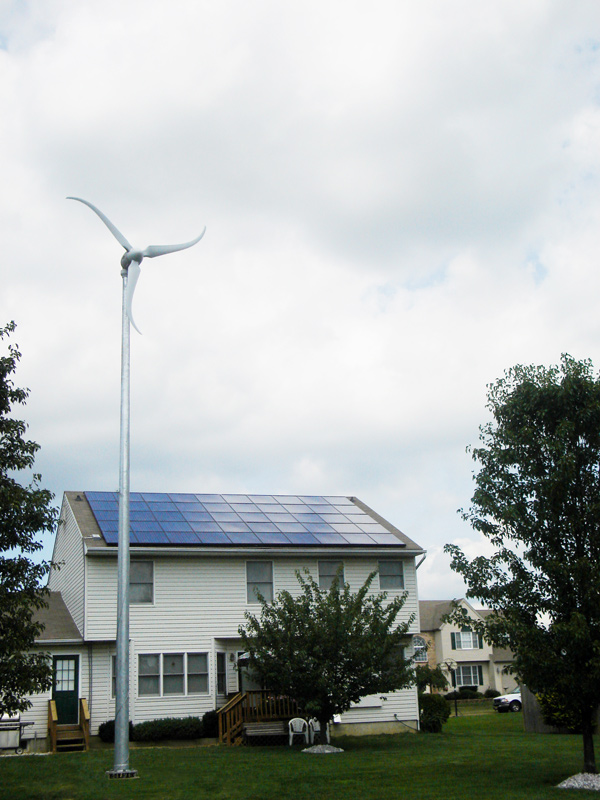
Image Credit: Southwest Windpower
For several weeks now, I’ve addressed tax credits for home energy improvements. The American Recovery and Reinvestment Act of 2009 provides a 30% tax credit for a wide range of energy measures, including efficiency retrofits, better heating and cooling equipment, and renewable energy systems, including solar water heating and photovoltaics, which I discussed last week.
The other renewable energy system covered by this program is wind power. Home-scale wind turbines rated at less than 100 kilowatts (kW) are eligible for the 30% tax credit with no cap on the dollar amount that can be received.
As readers of this column know, I’m a big fan of wind power. I believe that utility-scale wind farms provide the easiest, fastest way for our nation to obtain a significant fraction of our electricity from renewable energy sources. When we couple wind-generated electricity with effective, affordable ways to store energy (such as thermal energy storage systems that produce ice when excess power is available, and then use that ice for cooling during times of peak electricity demand), potential exists for producing as much as 20% of our nation’s electricity — perhaps even more — using wind.
I can also get excited about small, residential-scale wind turbines, but there are some important caveats to note. For starters, it takes an exceptional site for wind turbines to really make sense. For a wind turbine to be cost-effective, you really want to have average winds of 12-15 miles per hour (mph). A lot of people think they live in windy places, but after testing find that average annual wind speeds are only a few mph — not enough to productively generate electricity. Most places where you would want a house are not windy enough to justify a wind turbine.
Second, to work effectively, a wind turbine has to be on a tall tower — usually 100 feet or higher. If a manufacturer claims that you can put a wind turbine on your roof or that a 25-foot tower is adequate, don’t believe it unless you collect actual data with an anemometer at that height and find consistently high wind speeds.
Third, with wind energy there’s a good reason that manufacturers have produced ever-larger wind turbines since the early 1970s. (We’ve seen a thousand-fold increase in size, from a few kW in the ’70s to a few MW for utility-scale wind turbines today.) There’s a tremendous economy of scale with wind turbines. Larger turbines are more efficient and much less expensive per unit of electricity produced. Small, residential-scale turbines, even on a good site, are expensive. Properly installed on a tall tower, such a system will easily cost $60,000 to $80,000.
Fourth, there is no consistent testing or even standards for reporting the performance of wind turbines. It is not unusual to hear about a wind turbine being rated at 10 kW, and then reading the fine print to find out that that level of performance assumes a 35- or 40-mph wind (conditions you’re almost never going to experience). This will begin to change once the Small Wind Certification Council’s new standards for wind turbine testing and reporting are in place and independent testing of wind turbines begins.
This brings us back to the 30% federal tax credit for small-scale wind turbines. Without consistent standards for reporting of wind turbine output and without any requirements for third-party certification of actual performance, there is the very real concern — indeed likelihood — that fraud will become common with the wind energy tax credits. I will not be at all surprised to hear about rooftop-mounted wind turbines being marketed at grossly inflated prices to allow buyers to reap larger tax credits, with some of the buyer’s cost premium refunded as special pyramid-scheme sales bonuses: the sort of scams we saw appear with the solar tax credits of the late 1970s and early ’80s. Meanwhile, these rooftop-mounted turbines will do almost nothing to reduce a homeowner’s electricity costs or achieve the sort of societal benefits promised through the Recovery Act.
The bottom line is that the 30% federal wind-energy tax credit — and any other incentives for small-scale wind energy — should be modified as quickly as possible so that the tax credit can be earned only for certified wind turbines. And, despite the complexity of doing so, such incentives should be modified so that the credit is awarded not based on the cost of wind energy equipment, but rather on the productivity of that equipment. If these changes aren’t made, my fear is that the reputation of those really good, reputable manufacturers of small-scale wind turbines, companies like Bergey Windpower and Southwest Windpower, will be tarnished in a wave of bad publicity.
I invite you to share your comments on this blog.
To keep up with my latest articles and musings, you can sign up for my Twitter feeds.
Weekly Newsletter
Get building science and energy efficiency advice, plus special offers, in your inbox.





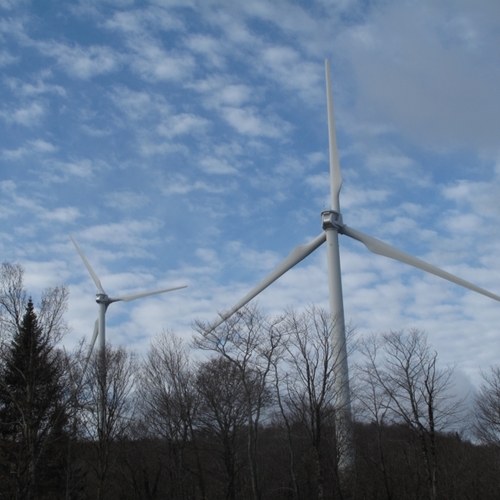
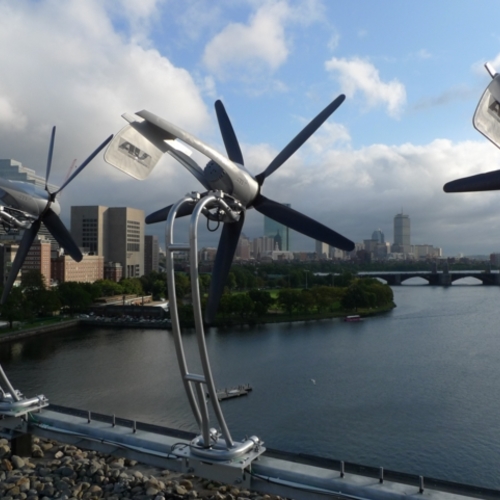
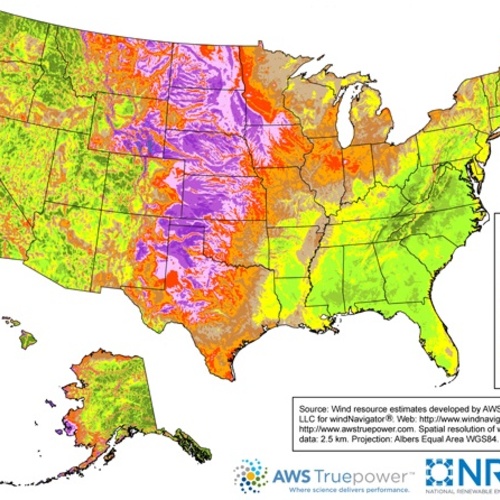
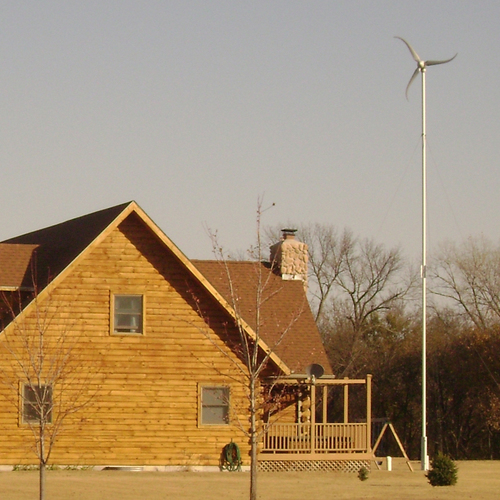






2 Comments
Home wind power
Anything that produces electric power on site is good for everyone. I just wish that instead of talk everybody took action. From the picture it seems that the home has both wind and sun available. It is important to know that the wind is not everywhere. It is also important to know that the sun is everywhere. Solar PV does have a return on investment for the home owner where as electric bills don't have a return on investment. Energy Independence is not just a buzz phase anymore. Great!
wind cage
where can I find wind power cage that installs on a roof. I have a cottage that we gutted and installed a tankless hot water system and now I need a new roof. How can I fit either solar power or wind power on the roof?
Log in or create an account to post a comment.
Sign up Log in